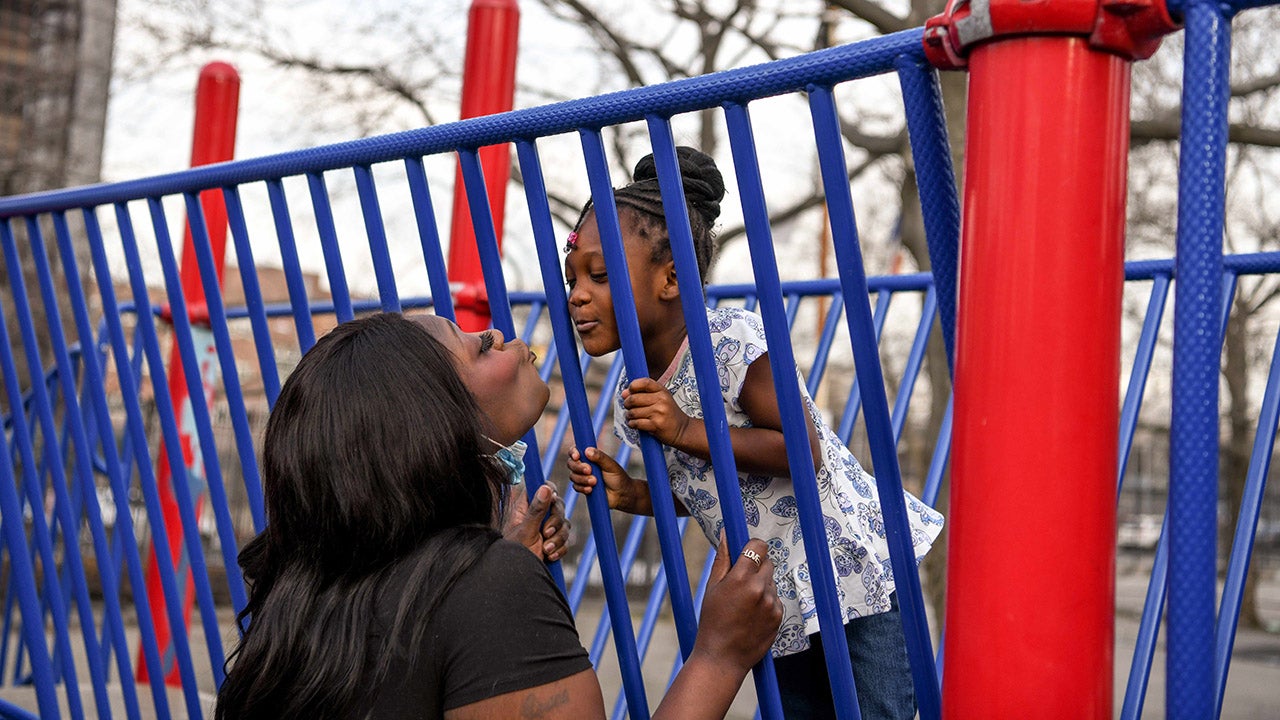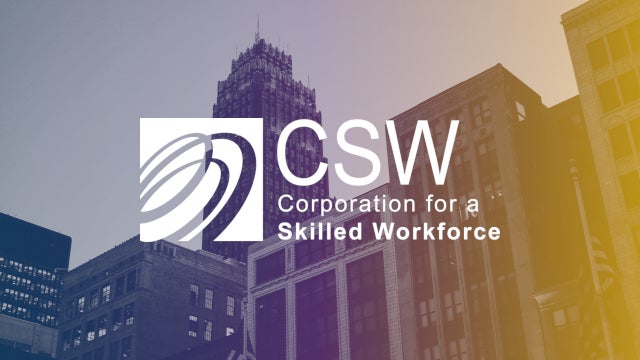When it comes to shifting away from a carbon-based economy, the two big questions are “how” and “how fast.” Answering either will require a parallel shift in employment priorities. Fortunately, there’s a smart way to fill the millions of green jobs the initiative will require—and a 90-year-old model for how to do it.
That precedent is the Civilian Conservation Corps, the New Deal program that helped 3 million young people who were out of work during the Great Depression. In nine years starting in 1933, CCC workers planted 3 billion trees, built or improved 800 national and state parks, constructed bridges and roads, mitigated erosion, suppressed wildfires, and controlled flooding. Corps members also got paid, and part of that money went to their families back home to bolster local economies. Our national memory recalls it as a win for everyone involved, and today the CCC is known as the most popular New Deal program.
But mythologizing comes easy, and the reality was more complicated. For starters, the Civilian Conservation Corps excluded women. It was also segregated with separate units for Black and Native American members, both mostly overseen by white workers and offering little opportunity for advancement. The wage was livable, but only in the context of the provided room and board. And the work was primarily physical labor, with professional training in things like forestry, surveying, or cooking as an incidental benefit. The mass mobilization of Corpsmen into the armed forces of WWII ended the experiment, leaving us no clear picture of how the program would have fared in better economic times.
Yet for all its problems, the CCC is a viable blueprint. The Biden administration’s Build Back Better plan called it out specifically (though not budgetarily), rechristening the program the Civilian Climate Corps. Although that legislation seems dead, the idea of a new CCC lives on. Here’s how we should go about it.
1. Start with inclusion.
A modern CCC should recruit and educate young adults who are currently disengaged from school and employment, a group that advocates and practitioners, including the Aspen Institute Forum for Community Solutions, refer to as “opportunity youth.” They are young people between the ages of 16 and 24 who are neither enrolled in school nor participating in the labor market, and their numbers were estimated at 4.3 million before the pandemic. These young people typically lack support services and face barriers such as poverty, substandard housing, poor health, and lack of education.
“The climate change reality is fast approaching and is already impacting the most vulnerable of our communities,” said Juan D. Martinez, co-founder of Fresh Tracks and a senior program manager at the Forum for Community Solutions. “Those communities closest to the pain must also be closest to the power, benefits, and driving the climate solutions forward. The wellbeing of our environment is tied to the well-being of youth, each calls for urgent action now.”
2. Build a generation of climate leaders.
The original CCC was a happy intersection of young men who wanted work and a lot of work that needed doing. In practice, that meant mostly manual labor, with little focus on creating a new class of professional ecologists. A new CCC would be more than just a work program—it would be a career program.
The jobs we’ll need to transition our economy will be as technical as they are physical. And while there will certainly be climate workers who are photovoltaic installers and windmill technicians, a great deal of a carbon-sensitive economy will be in traditional trades. Green jobs include retrofitting buildings for increased efficiency, replacing aging infrastructure to accommodate new technologies, and significant new construction to mitigate the worst effects of rising sea levels, water shortages, fires, and storms. We’ll need electricians and plumbers, engineers and equipment operators, and hundreds of other competencies that are in high demand.
3. Make climate-conscious changes close to home.
While planting another few billion trees is certainly in the cards, green jobs won’t only be available in the wilderness. They’ll happen where people live, especially in communities that are home to opportunity youth.
Disconnected youth often come from communities that are disproportionately impacted by climate change and polluting industries. Creating a climate-friendly economy can begin right where they live, establishing equitable community solutions that mitigate exposure to air pollution, hazardous waste sites, lead poisoning, and water contamination in low-income communities and communities of color. Seeing a new CCC make a real impact in their communities could help these young people develop a sense of purpose and civic engagement.
“We are hopeful that a new CCC will prioritize opportunities for young people who are proximate to the issues that require climate resilience,” said Steve Patrick, executive director of the Forum for Community Solutions. “The new CCC should create opportunities for the young people on the climate and environmental justice frontlines, such as those who live in coastal southern communities, those who live on tribal reservations, and those who have grown up in places of historic disinvestment.”
4. Do it now.
FDR got the original CCC up and running in less than a month, with a great deal of help from Army logistics. That’s not likely to happen in our current political situation, but a new CCC does lie at the sweet spot of climate, infrastructure, and national service. New, standalone CCC legislation—some of which is still in the works, despite the stall of Build Back Better—might focus on creating a reasonable wage scale for AmeriCorps, which would make it easier for young people from low-income backgrounds to commit to a year of climate and community work. Funding might also flow directly to state, municipal, and tribal governments, helping them expand a network of corps such as the LA Conservation Corps and Mile High Youth Corps, and the Texas and Louisiana Conservation Corps run by American Youthworks. Many of these have roots in the original CCC, and existing state and local models could be spun up rapidly in other locations.
“Ultimately, a new CCC can create opportunity for young people to overcome barriers on the path to college and career success, all while they combat climate change,” said Patrick, who co-founded the Rocky Mountain Youth Corps in New Mexico over 20 years ago. “The goal must be to support greater climate resilience, with local young people providing the service and learning the skills so that they—and the places they come from—can thrive.”
While a reimagined CCC could offer training and career advancement opportunities to a significant number of youth and young adults who are disconnected from school and work, it isn’t all they—and we as a country—need. Reengaging some 5 million of these young Americans will require large-scale systemic and policy solutions. A new report from Forum for Community Solutions, After the Storm: Policy Recommendations to Reconnect Opportunity Youth during and after the Covid-19 Pandemic, curates a list of additional local and national proposals designed to advance educational and career success of vulnerable youth and young adults.
This piece is part of In Focus: Rising to the Climate Challenge, a multimedia informational campaign that draws on the expertise of Institute programs. We look at four main facets of the climate change issue—labor and the economy, youth and education, public health and safety, and communities. To get campaign updates and other news from the Aspen Institute in your inbox, sign up for our newsletter.


